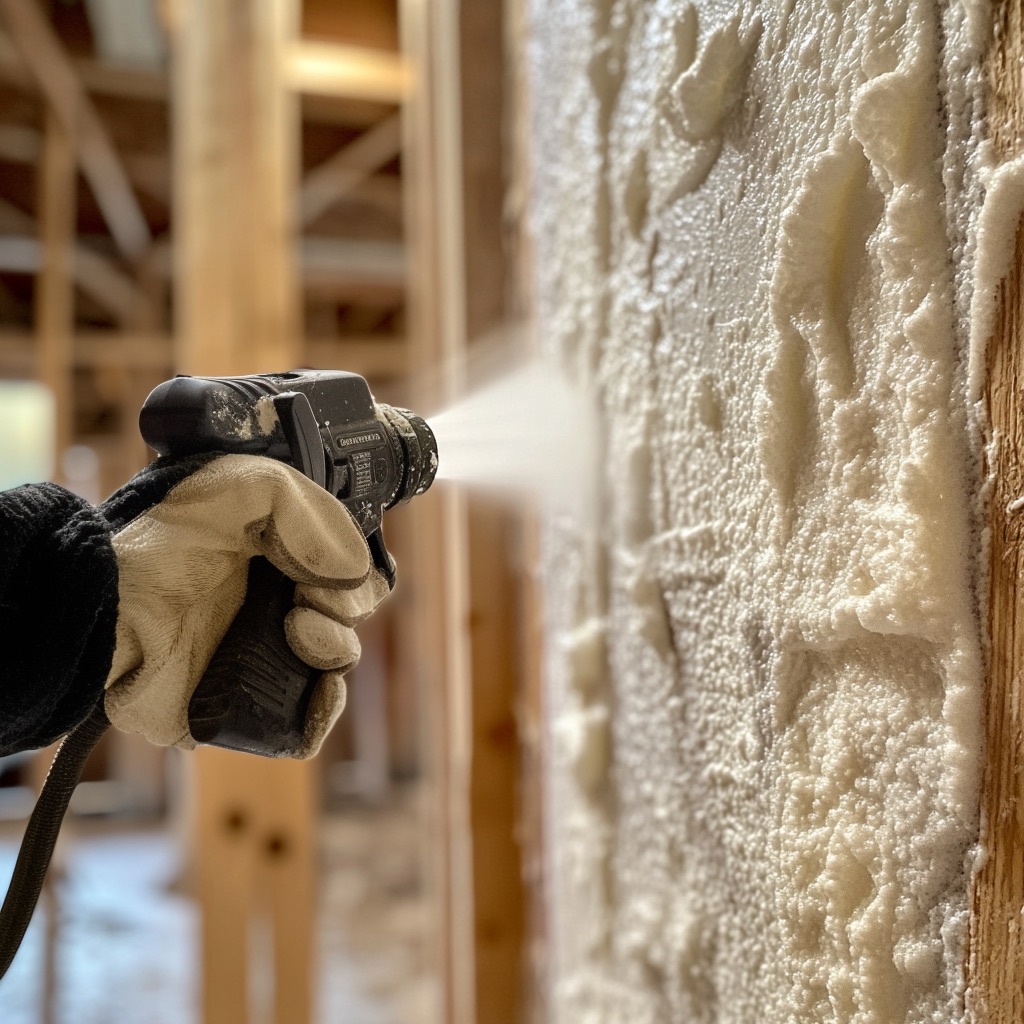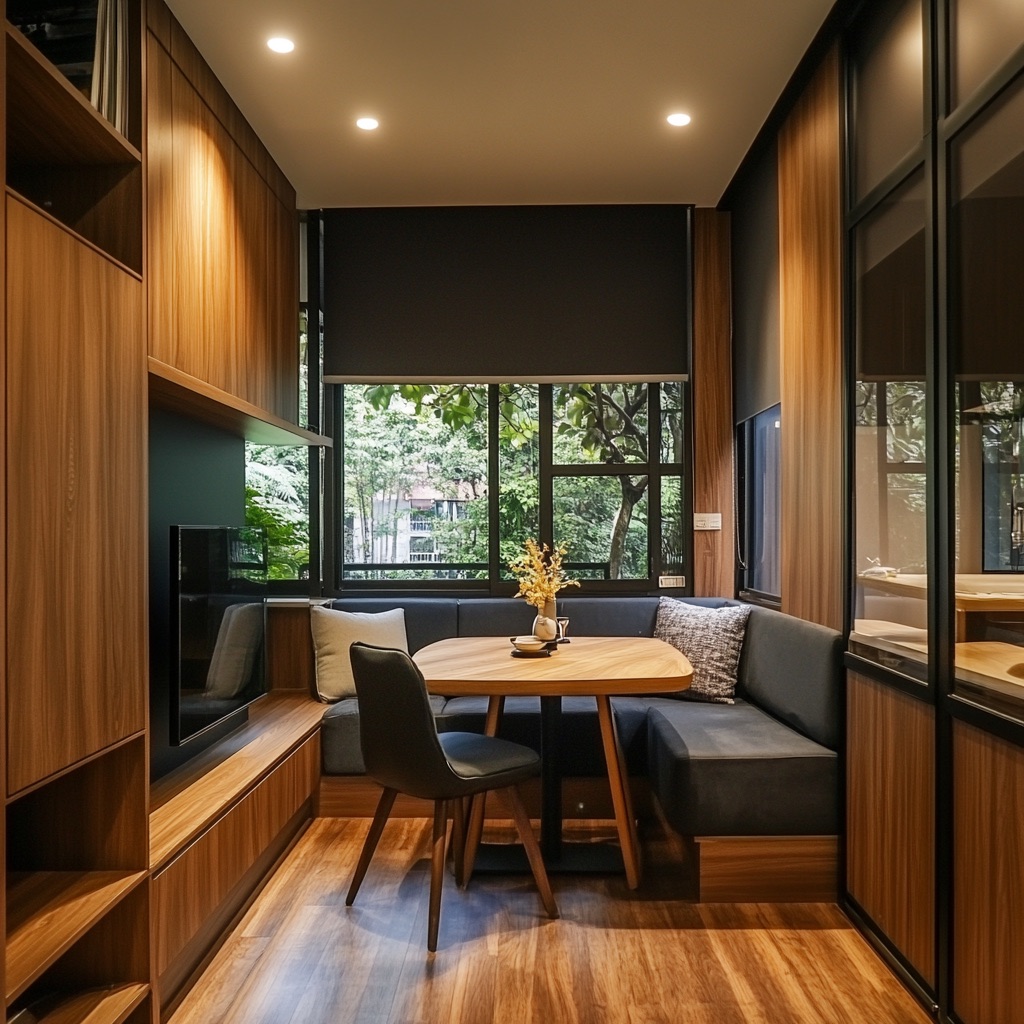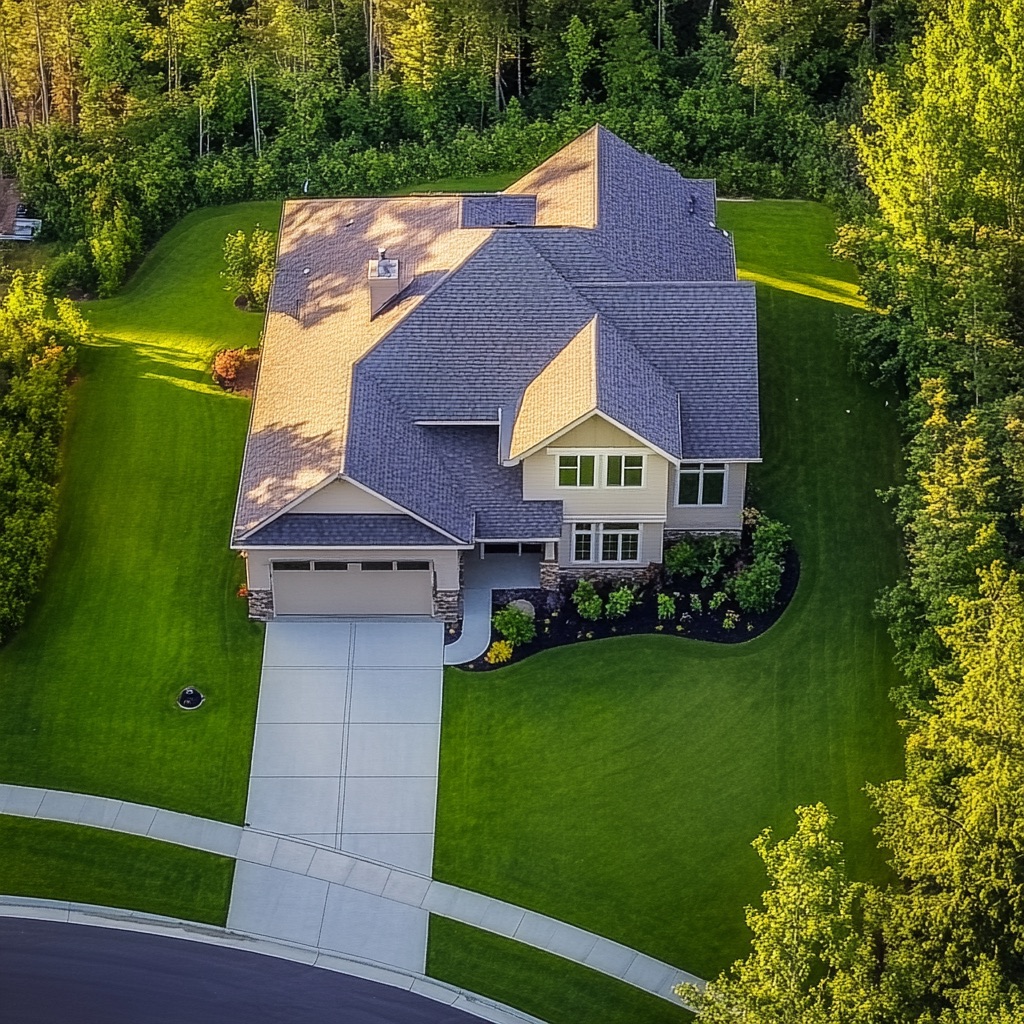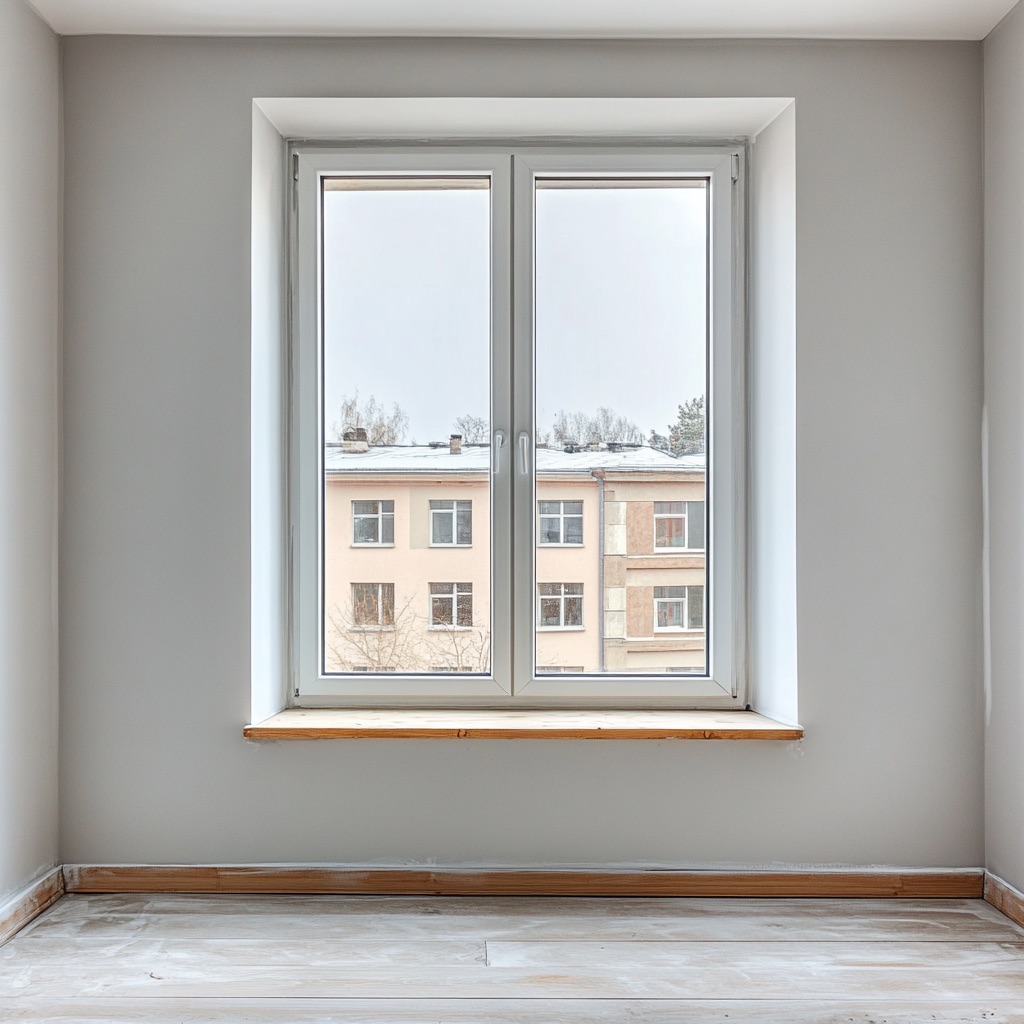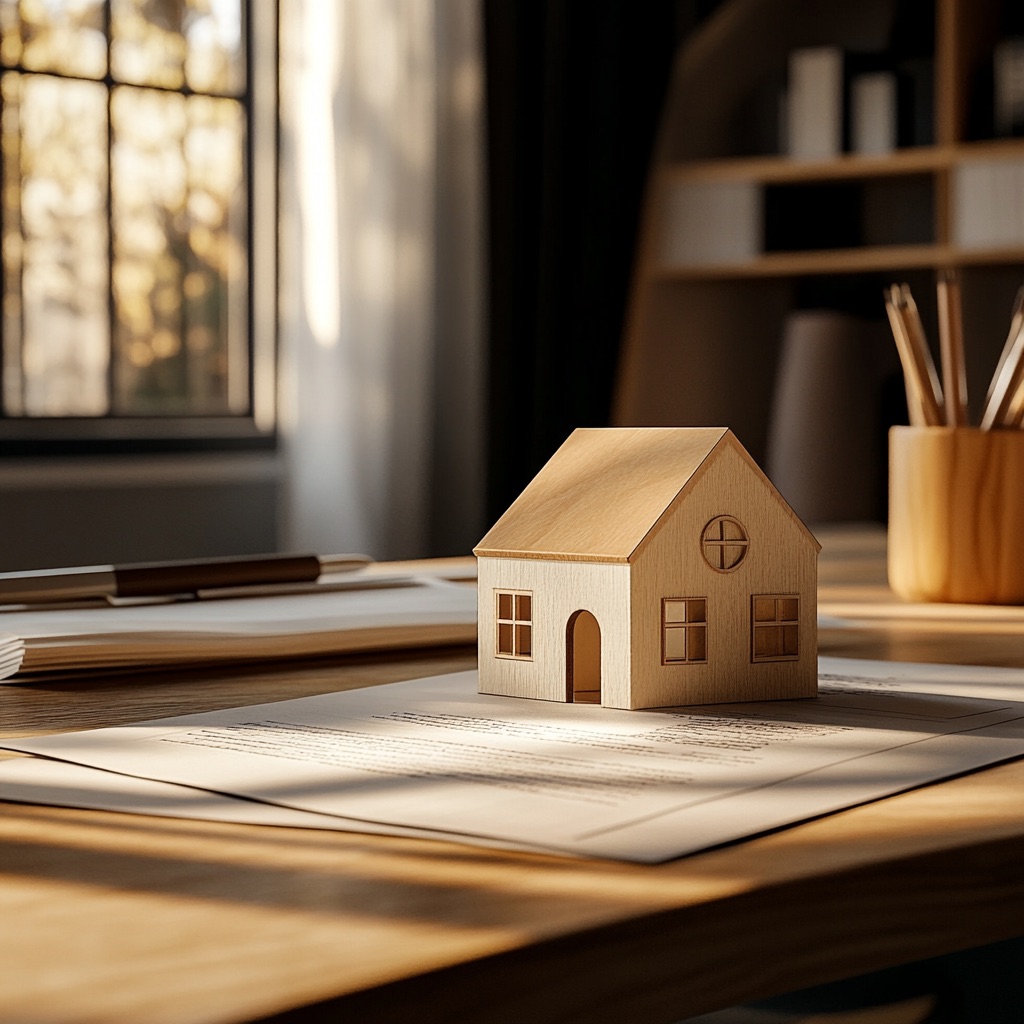Embarking on a home renovation journey is an exciting prospect, but success hinges on a thorough understanding of your home’s current condition. Before diving into the world of upgrades, it’s crucial to assess your residence systematically.
This article serves as your comprehensive guide, outlining a renovation checklist that ensures you address the critical aspects of your home. From structural integrity to energy efficiency, we’ll explore key considerations to evaluate.
By undertaking this meticulous assessment, you’ll lay the groundwork for a successful and well-informed renovation, creating a living space that not only meets your current needs but also stands resilient for years to come.
Structural Soundness: The Foundation of Your Project
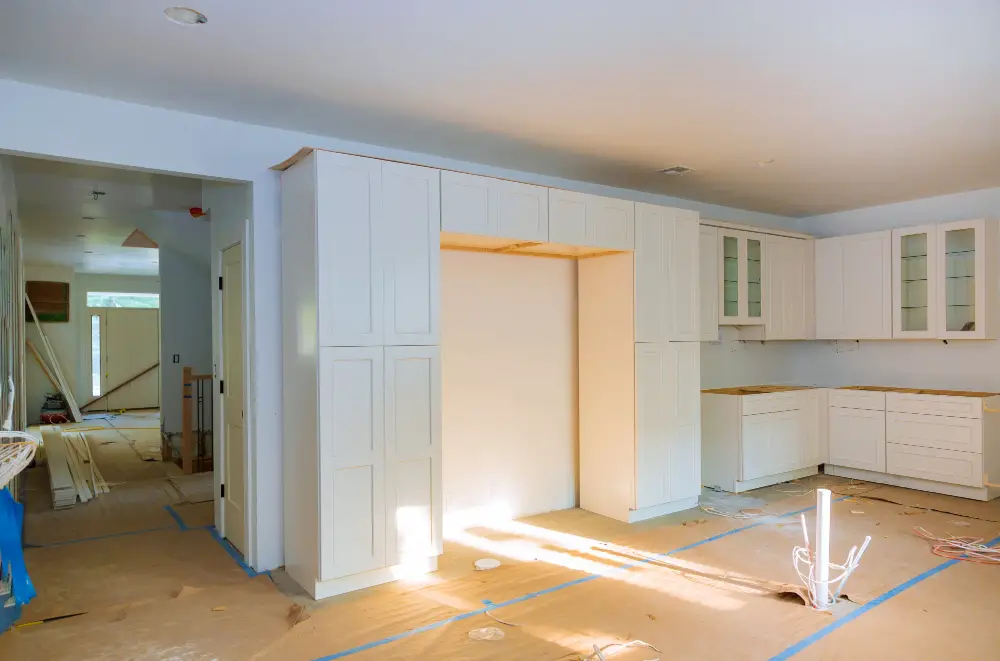
Foundation Inspection
Begin your renovation checklist with a thorough examination of your home’s foundation. Look for cracks, shifts, or signs of settling, as these can impact the stability of your entire structure. Addressing foundation issues upfront ensures a solid base for your renovation endeavors.
Roof Assessment
When scrutinizing the condition of your roof, it’s imperative to conduct a thorough examination to identify any signs of wear and tear. Begin by closely inspecting the shingles, as missing or damaged ones can be indicative of underlying issues. Look for leaks, which may manifest as water stains on ceilings or walls, signaling potential vulnerabilities.
Ensuring the soundness of your roof is a pivotal step before delving into interior upgrades. Your roof is not merely a shelter; it’s a crucial barrier shielding your home from the capricious elements. In this context, quality roof replacements become paramount.
If your examination reveals extensive damage or a compromised structure, investing in quality roof replacements becomes a proactive measure. Quality replacements not only address existing issues but also fortify your home against future challenges, laying a robust foundation for any subsequent interior enhancements.
Wall and Floor Integrity
Inspect interior and exterior walls for cracks, water damage, or uneven settling. Evaluate the condition of your floors, checking for any warping, creaking, or structural issues. A stable foundation sets the stage for successful renovations and prevents future headaches.
Energy Efficiency: A Modern Perspective
Window and Door Seal
Assess the seals around windows and doors to identify potential drafts. Upgrading seals and weather-stripping enhances energy efficiency, reducing utility costs and increasing overall comfort. Consider energy-efficient windows and doors for long-term savings.
Insulation Evaluation
Evaluate the insulation in your home, paying attention to attics, walls, and crawl spaces. Adequate insulation regulates temperature, making your home more energy-efficient. Upgrading insulation can lead to significant savings on heating and cooling expenses.
HVAC System Efficiency
Examine your heating, ventilation, and air conditioning (HVAC) system. Regular maintenance and potential upgrades, such as programmable thermostats or high-efficiency units, improve energy efficiency and contribute to a more comfortable living environment.
Safety and Compliance: Prioritizing Well-being
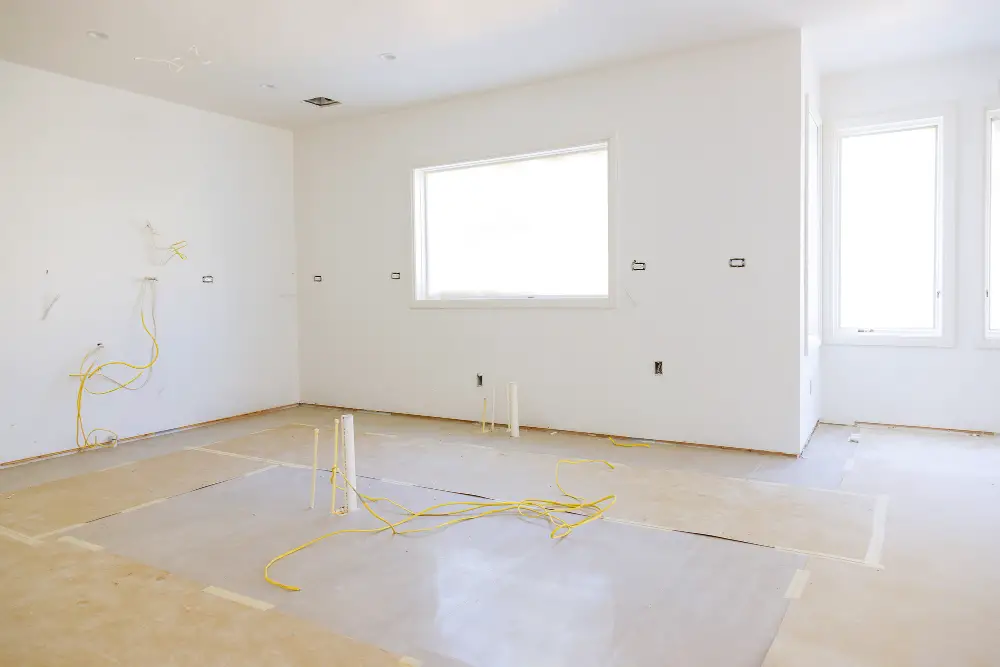
Electrical Systems
A thorough inspection of your electrical systems is crucial for safety. Check for outdated wiring, overloaded circuits, and potential fire hazards. Upgrading your electrical system not only enhances safety but also accommodates the demands of modern technology.
Plumbing Assessment
Inspect your plumbing for leaks, corrosion, and outdated pipes. Upgrading plumbing fixtures, pipes, and water heaters not only prevents water damage but also improves water efficiency, contributing to both safety and sustainability.
Code Compliance
Ensure your home complies with current building codes and regulations. Renovations must adhere to safety standards, and staying compliant not only guarantees the well-being of your household but also avoids potential legal issues.
Lifestyle Considerations: Tailoring Upgrades to Your Needs
Space Utilization
Assess how your current space meets your lifestyle needs. Consider whether open-concept layouts, additional rooms, or multifunctional spaces would enhance your daily life. Tailor your renovation to align with your unique preferences and requirements.
Accessibility Upgrades
If your home lacks accessibility features, consider incorporating them into your renovation. This could include ramps, wider doorways, or other modifications that accommodate individuals with mobility challenges, ensuring your home is inclusive and adaptable.
Technology Integration
Evaluate your home’s technological infrastructure. Upgrading to smart home features, efficient lighting, and integrated security systems can enhance convenience, security, and energy efficiency.
Budget and Timeline: Setting Realistic Expectations
Cost Estimation
Before diving into renovations, conduct a realistic cost estimation. Factor in material costs, labor expenses, and potential unforeseen issues. Having a clear budget prevents financial strain and ensures you can complete your project without compromises.
Realistic Timeline
Establish a realistic renovation timeline based on the scope of your project. Consider potential delays, seasonal constraints, and the availability of contractors. A well-planned timeline allows for smoother project execution and minimizes disruptions to your daily life.
Embarking on a home renovation journey is an exciting endeavor, but success lies in a comprehensive assessment of your home’s condition. The renovation checklist provided here covers structural soundness, energy efficiency, safety, lifestyle considerations, and crucial aspects like budget and timeline.
By systematically evaluating these elements, you’ll not only address immediate needs but also create a home that stands resilient, functional, and tailored to your lifestyle. Renovating with a clear understanding of your home’s condition ensures a transformative and enduring upgrade that enhances both your living space and overall well-being.
Recap
